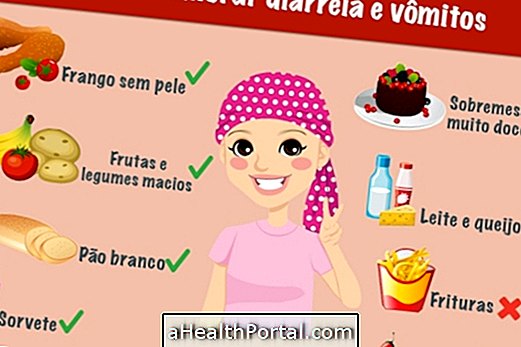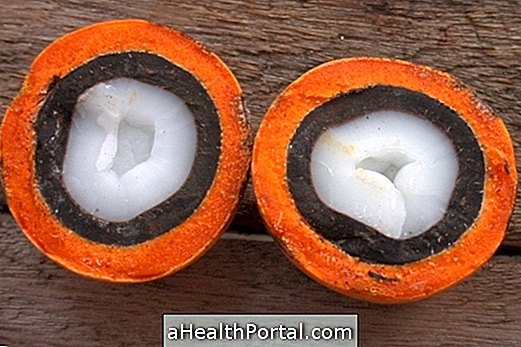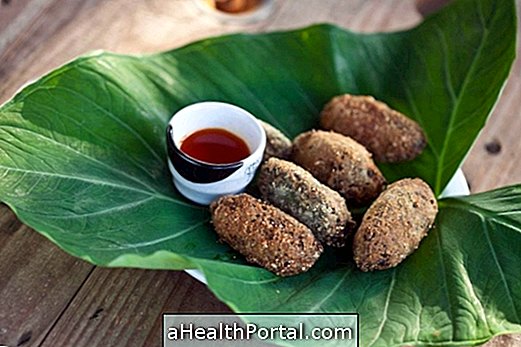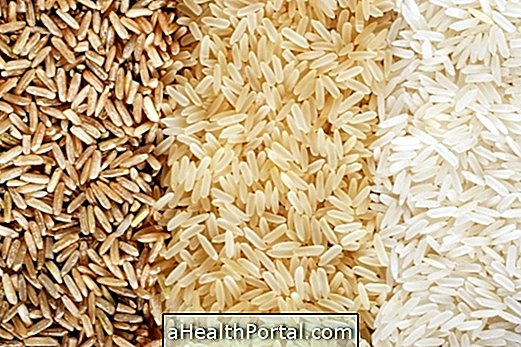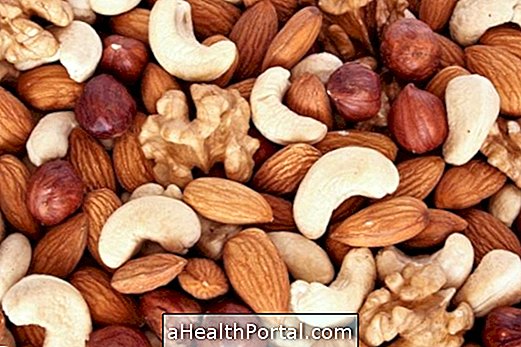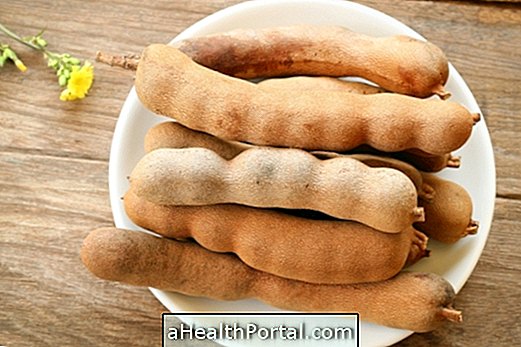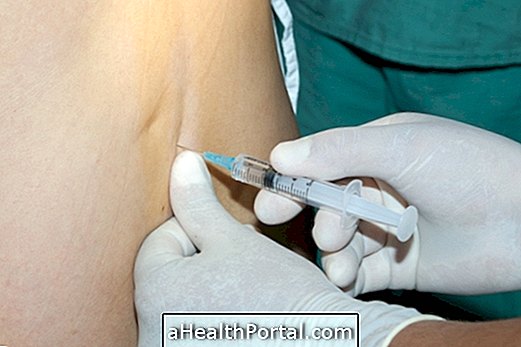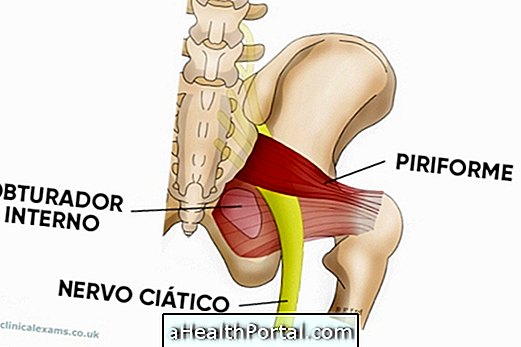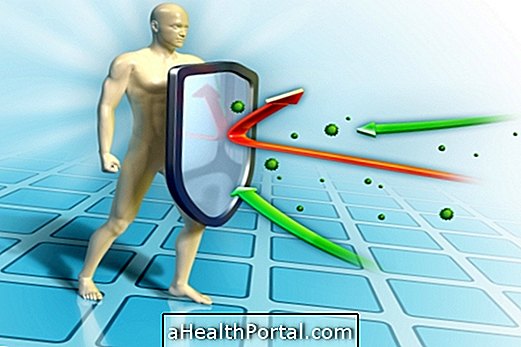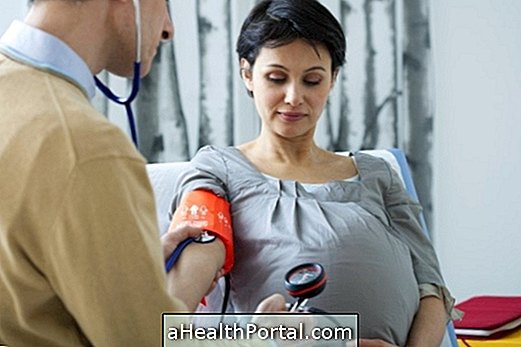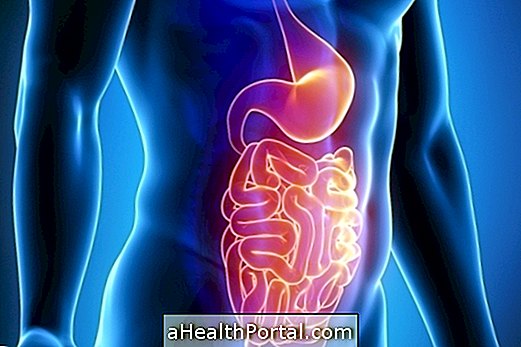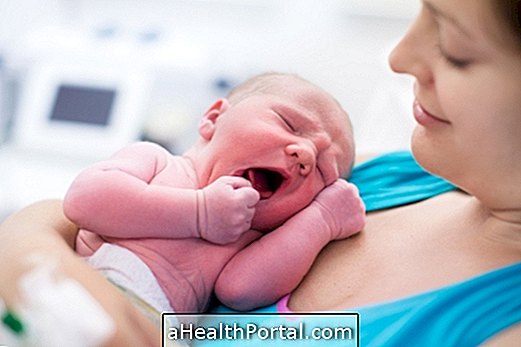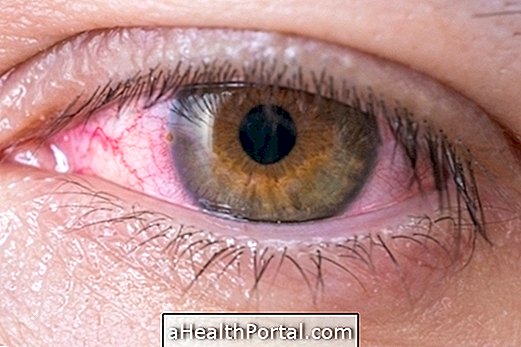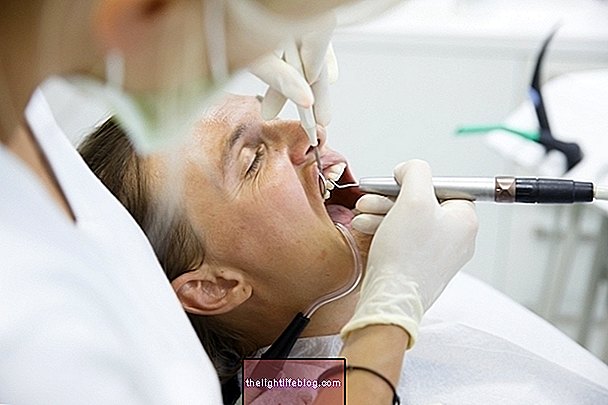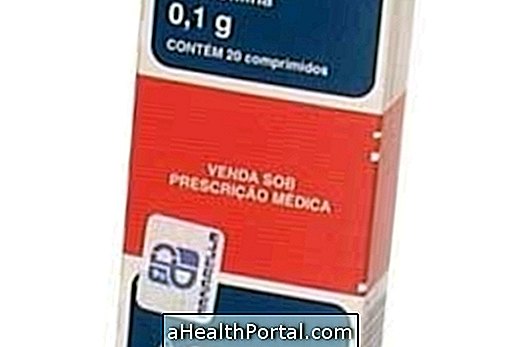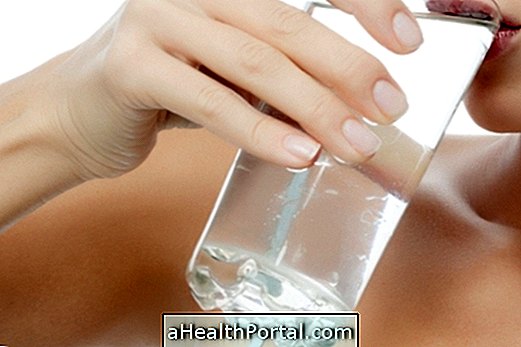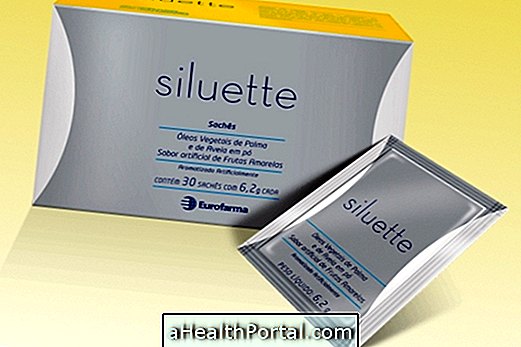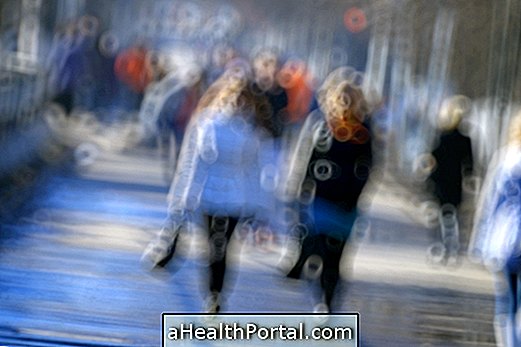The HCG diet is based on a menu with very low calories and daily use of the human chorionic gonadotrophin hormone (HCG), which is a hormone naturally produced by the placenta during pregnancy. In this diet, the use of the hormone would help to inhibit hunger and stimulate fat burning, without favoring the loss of muscle mass.
However, research on the HCG diet has shown that this hormone has no effect on appetite and does not stimulate fat burning, and that the weight loss that occurs in this diet is linked only to low calorie consumption.
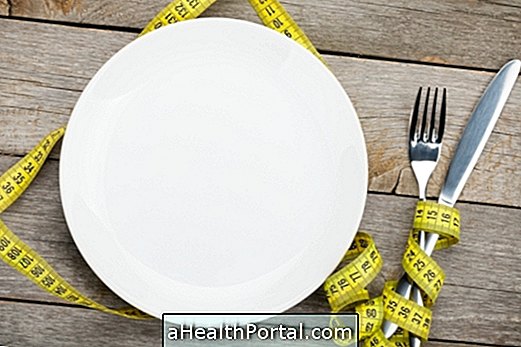
The HCG diet can also pose serious health risks, especially linked to the use of HCG and calorie restriction, such as:
- Thrombosis: which is the formation of blood clots that clog blood vessels, causing complications such as stroke and pulmonary thromboembolism, which can lead to death;
- Infertility: due to changes in the production of hormones linked to reproduction;
- Weakness and loss of muscle mass: due to the very low consumption of food and nutrients, which can cause hypoglycemia, fainting and coma.
In addition, this diet also favors the accordion effect, because, of course, the great restriction of food increases the desire to eat sweets and processed products soon after the maintenance phase of weight. Another problem is that it does not teach healthy eating, making the individual always go through cycles of gains and losses of weight.
How does this diet work?
The HCG diet is divided into 4 main phases:
Phase 1: Top
This phase lasts 48 hours and it is necessary to take the hormone 1x / day, following a medical follow-up, but it is not necessary to start the diet. In fact, the diet should be rich in food and calories and made up especially of high fat foods such as avocados, nuts, meats, olive oil, pizza and fried foods.
The intention of this stage is to show the body that there is already enough stored fat, and that it can begin the process of fat burning and weight loss.
Phase 2: Weight Loss
At this stage the use of HCG is maintained, but the diet is restricted to 500 kcal per day. This means only very small and light meals throughout the day, consisting mainly of teas, vegetables, fruits and small portions of meat and eggs.
The weight loss phase should last for a maximum of 40 days and can be stopped sooner if the weight loss reaches the desired level. In addition, it is necessary to drink at least 2 liters of water per day to help eliminate toxins from the body and fight against fluid retention. In general, women lose 8 to 10 kg per month.

Phase 3: Weight Stabilization
When reaching the desired weight or when completing 40 days of diet, one should stop using the HCG hormone and continue the 500 kcal diet for another 2 days.
This phase serves to eliminate the hormone from the body and stabilize the lost weight, stimulating the body to return to its normal metabolism.
Phase 4: Weight Maintenance
This phase is characterized by the return to a normal and varied diet, seeking to find the balance so that a new weight gain does not occur. To do this, you must include food and increase the amount of meals gradually, always observing changes in the balance.
To facilitate the process, one should prefer to eat whole foods rich in protein and good fats, avoiding sweets, fried pasta, soft white breads and refined wheat flour. The diet should consist mainly of foods such as vegetables, fruits, lean meats, cheeses, nuts, avocados, coconuts, olive oil and peanuts. Foods rich in carbohydrates, such as sweet potatoes, potatoes, cassava, and whole wheat bread, should be introduced gradually and in small amounts.

HCG Diet Menu
The following table shows the example of a 3-day menu of phase 2 of the diet, in which one should consume 500 kcal per day.
| Meal | Day 1 | Day 2 | Day 3 |
| Breakfast | 1 glass of green juice: cabbage, lemon, ginger and 1 apple | 1 natural skim yogurt + tea or coffee at will | 1 cup sugar-free tea + 1 toast with ricotta cream |
| Lunch dinner | 100 g grilled chicken + 3 tablespoons raw vegetables | 100 g of grilled chicken breast + 3 cabbage rice cabbage | 3 tablespoons of lean ground beef + 3 forks of zucchini noodles |
| Afternoon snack | 150 ml of skim milk + 5 strawberries | 1 kiwi + 5 cashew nuts | 1 cup of coffee + 1 slice of whole grain bread with cottage cheese |
It is important to remember that it is not allowed to use oils for the preparation of meals and that the liquids that are released are only water, coffee, tea and lemon juice without sugar.
Disadvantages and contraindications of diet
A disadvantage of the HCG diet is the high calorie restriction, which also restricts the consumption of vitamins and minerals, which can cause problems such as hair loss, weak nails, general weakness, lethargy and malaise. In addition, the use of the hormone is expensive and can cause changes in metabolism and increase the risk of complications, especially when not done with a medical follow-up.
Also, as this diet is very restricted in calories, it should not be made by people with any type of disease, especially without medical follow-up, including diseases such as diabetes, hypertension, anemia and depression.

How to lose weight with health
To be healthy, a balanced diet should be maintained, consisting mainly of natural and integral foods such as meats, cheeses, eggs, fruits, vegetables, brown rice, brown bread, nuts, peanuts, seeds and olive oil.
In addition, it is important to reduce the consumption of processed foods rich in artificial fats such as sausage, sausage, mortadella and margarine, high-sugar foods such as ready-made juices, sweets, cookies and soda, and salt-rich foods such as diced, ready-made soups and frozen ready-made food. See complete menu for healthy weight loss.
